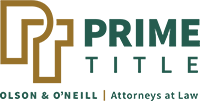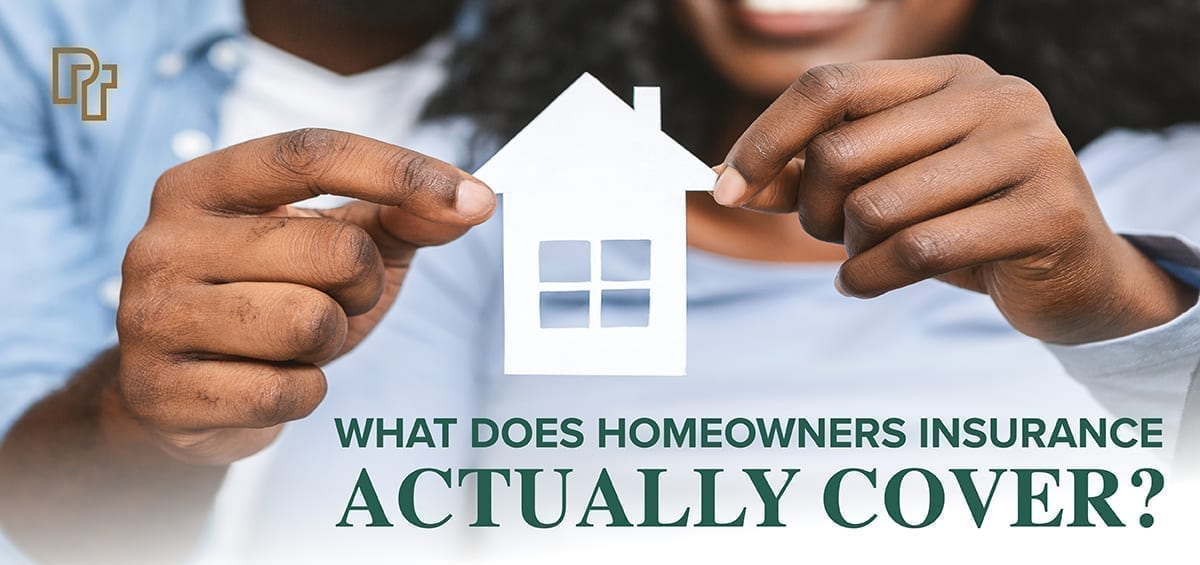Your home is your most valuable asset. It’s an investment that needs to be protected, which is why you secure homeowners insurance. It provides financial relief to replace assets or repair damage if a covered event impacts your home or property.
The key phrase here is “covered event.” Homeowners insurance policies are very specific about what they cover, and if an event isn’t listed in the policy you will not be able to make a claim for damages. The most common covered perils include (but are not limited to) fire and smoke damage, wind and hail damage, water damage from internal sources such as a broken pipe, theft, and vandalism.
While the specifics of policies vary by location and provider, most include the following coverage provisions:
● Dwelling coverage. This protection covers the structure of your home as well as structures that are attached to the house such as sheds, garages, and decks. The coverage limit can either be full replacement value or fair market value depending on the provider.
● Other structures coverage. This protection covers detached structures on your property such as fences, sheds, and garages. The coverage amount is usually 10 percent of the coverage limit.
● Personal property coverage. This is coverage for your personal belongings (or contents) inside and outside the home such as furniture, clothes, and electronics. The coverage amount is typically 50 percent of the dwelling limit. If you have items of value greater than this amount, like jewelry and artwork, most insurers will offer extended coverage to cover those items.
● Loss of use coverage. Also known as living expenses coverage, this helps pay for additional living expenses if your home is too damaged to live in during repairs. It covers expenses such as rent, restaurant meals, and other any costs considered over and above your usual living expenses. The coverage amount is typically 20 percent of the dwelling limit.
● Personal liability coverage. This pays the costs if you or family members are legally responsible for causing bodily injury or property damage to someone else if done unintentionally or caused by neglect. Such events include your dog biting someone or a visitor injuring themselves by slipping or tripping on a broken step on your property. The liability coverage pays for the costs of defending yourself in court if the injured person sues you and damages awarded to that person, up to the limit stated in your policy documents. Limits are usually between $100,000 and $500,000.
● Medical payments coverage. This is no-fault coverage that covers medical bills for someone that is injured on your property, no matter who is at fault, in the hopes that the injured would not file a lawsuit. Coverage limits are usually between $1,000 and $5,000.
Just as important as knowing what your homeowners policy does cover is understanding what it does not cover. Most policies do not cover damages caused by flooding, earthquakes, landslides, mudslides, or sinkholes. They also don’t cover damages caused by homeowner neglect, pests, or normal wear and tear.
When securing your homeowners policy, take the extra time to read through it carefully so you have a firm grasp of what is and isn’t covered. That way, you know what to expect if you ever do need to make a claim and whether you need to purchase additional policies like flood or earthquake.







